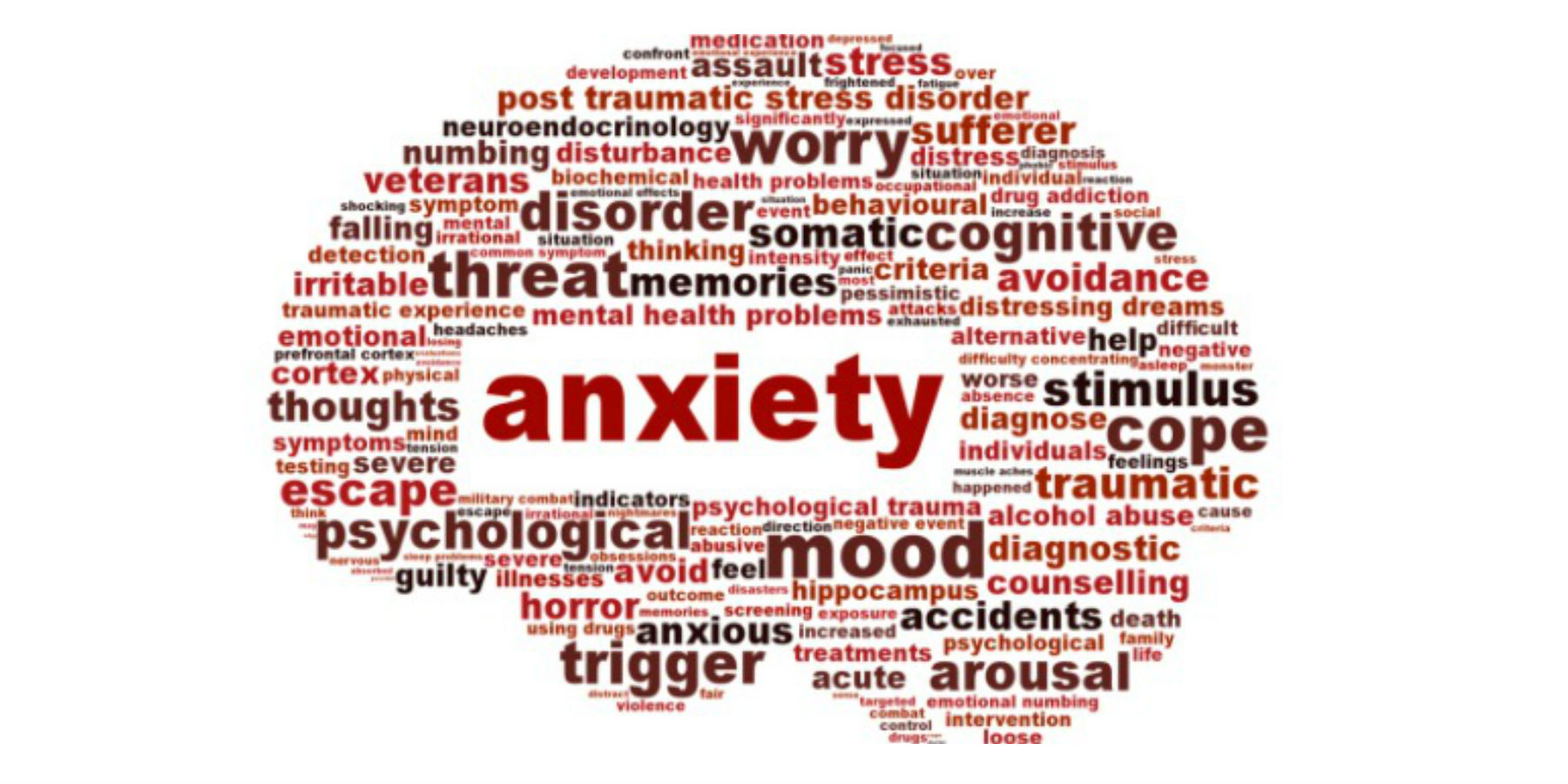Anxiety
Anxiety problems can sometimes be difficult to manage living in a fast-paced society with constant technological distractions. Adults and adolescents often lose track of how to self-soothe and become dependent on someone or something to help them cope during times of stress. This can lead to a host of problems, including relationship issues and various forms of addiction. In addition, anxiety can make an individual feel nervous, irritable, easily fatigued, and/or experience sleep disturbances. Therapy can play an integral part of recognizing and addressing symptoms associated with anxiety.
Am I anxious?
We all experience anxiety throughout our lives. Small doses of anxiety can be good and sometimes motivates individuals to complete tasks and enhance their performance. However, too much anxiety can have the opposite effect causing someone to become overwhelmed, impulsive, and dysregulated. If you have difficulty concentrating, experience erratic mood swings, sleep problems, and/or panic attacks, therapy can help determine whether you meet the criteria for an anxiety disorder. Roughly 18% of the population in the United States suffers from symptoms associated with anxiety, but less than half of those individuals seek treatment. The good news is that anxiety disorders are highly treatable with the proper therapeutic tools.
What does anxiety treatment look like?
A Cognitive Behavioral Therapy (CBT) approach to treatment can help identify triggers that increase anxiety and promote healthy alternatives to manage daily stress. Locating anxiety triggers allows an individual to become more self-aware of how social, academic, familial, and environmental stressors might exacerbate symptoms. CBT treatment can help individuals change the thinking patterns associated with the anxiety and troublesome feelings, limit distorted thinking, and change the way people react to objects of situations that trigger anxiety. In short, CBT is an exposure-based therapy that encourages people to confront their fears and helps reduce sensitivity to their usual triggers of anxiety.

